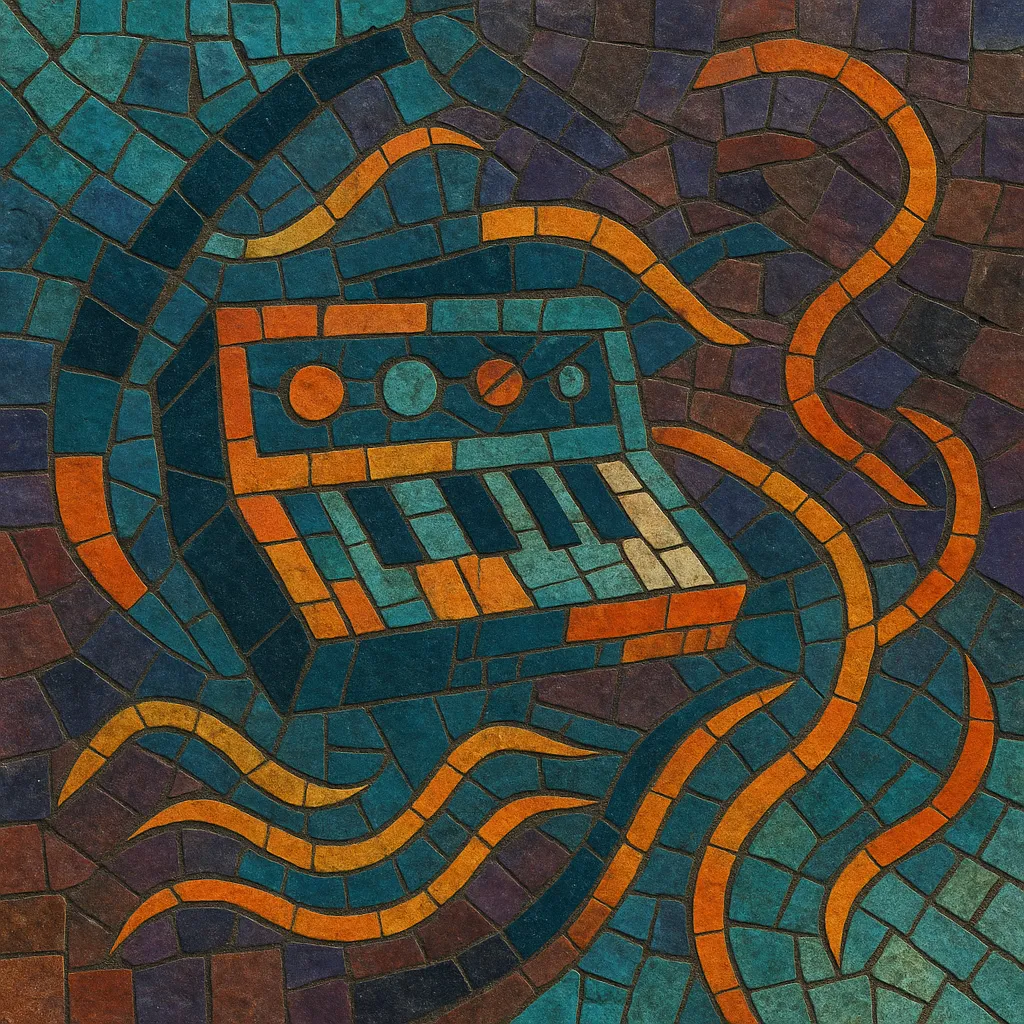Skweee is a minimalist, synth-forward strain of Scandinavian electro-funk characterized by rubbery basslines, glassy lead melodies, and sparse drum programming. Producers typically “squeeze” as much funk as possible out of simple, often inexpensive hardware or software synths, favoring square/saw waves, portamento slides, and playful pitch bends.
Its sonic palette sits between chiptune timbres and 1980s electro‑boogie, but with hip‑hop swing and very stripped arrangements. The result is quirky, off‑kilter, and catchy—mid‑tempo grooves that feel both retro and futuristic, charmingly lo‑fi yet rhythmically punchy.
Skweee emerged in Scandinavia—especially Sweden and Finland—during the mid‑to‑late 2000s. The term is widely credited to Swedish producer Daniel Savio, describing the idea of “squeezing” funk out of limited, cheap gear. Early community hubs and labels such as Flogsta Danshall (Sweden) and Harmönia (Finland) set the aesthetic template: 7‑inch singles, playful synth lines, and skeletal drum patterns.
The music fused electro‑boogie and hip‑hop rhythms with chiptune/demoscene tonalities. Producers embraced minimalism: few parts, big personality. The scene thrived on small runs of vinyl, blogs, forums, and MySpace, with cross‑Nordic exchanges and occasional showcases that highlighted the DIY, friendly competitiveness of the sound.
Around 2008–2010, the style reached niche international ears via tastemaker labels and digital platforms. Finnish artist Eero Johannes released an album on Planet Mu, helping bridge skweee to broader electronic circles. At the same time, UK and European bass communities noticed parallels between skweee’s detuned synth funk and the emergent “wonky” sound.
While never a mainstream phenomenon, skweee left a durable imprint on left‑field electronic music. Its economy of means, cartoonishly expressive leads, and mid‑tempo swagger influenced producers exploring off‑grid grooves and colorful, synth‑led bass. The scene remains a cult, collector‑friendly microgenre with periodic revivals, reissues, and new releases that keep its eccentric spirit alive.


